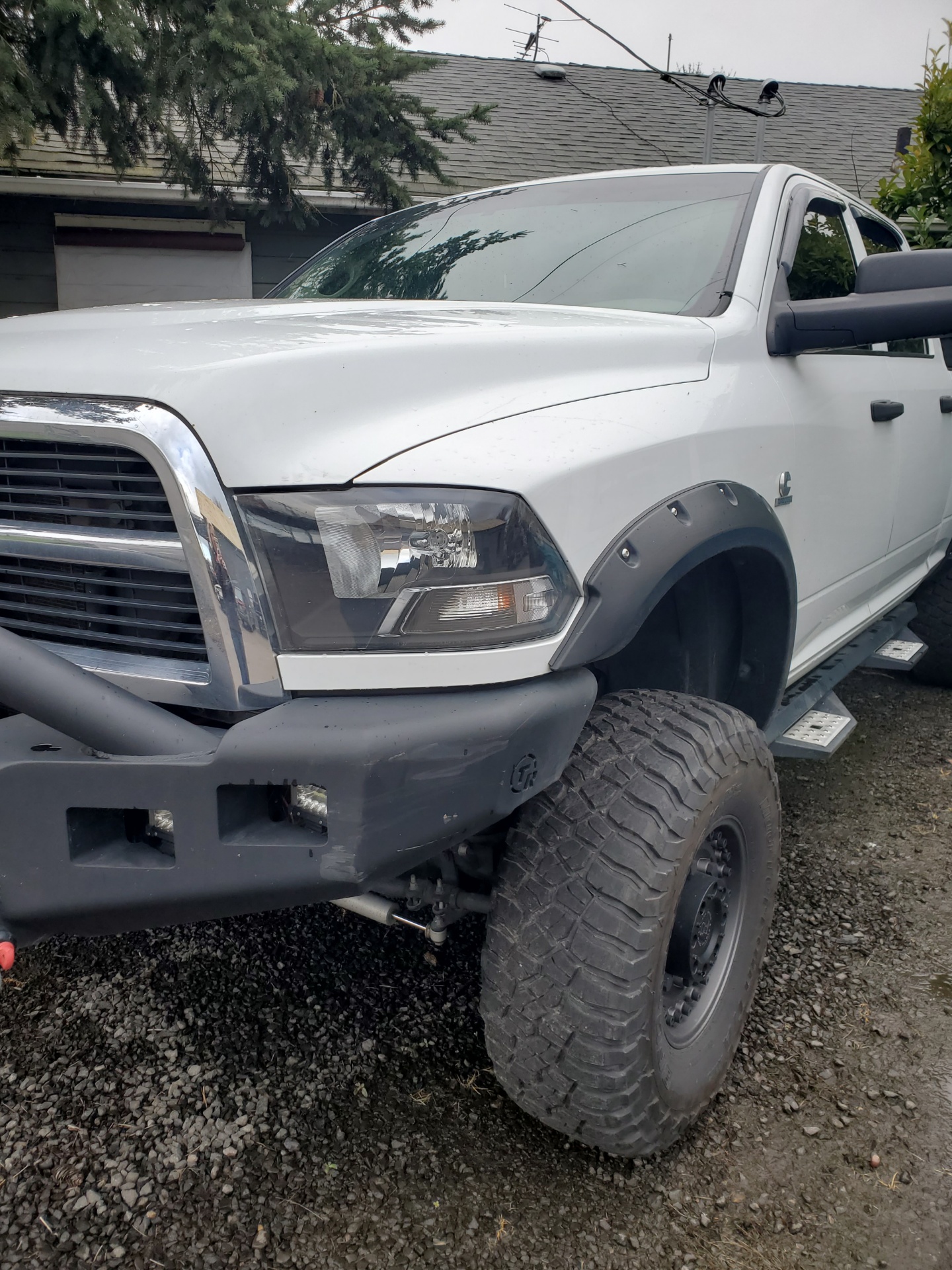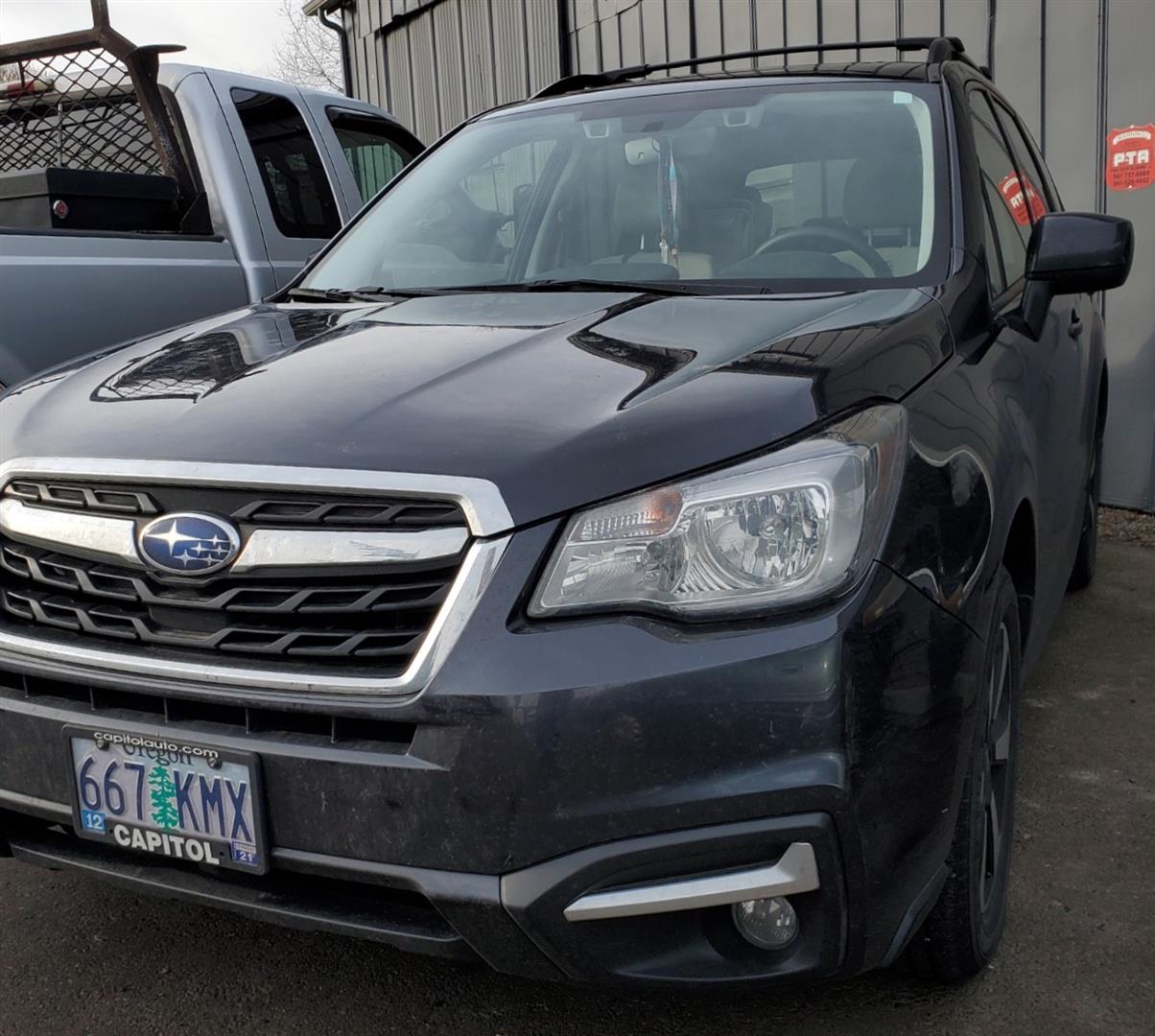Posted on 3/26/2024
Your vehicle is more than just a mode of transportation; it's an investment in convenience, freedom, and, most importantly, your safety. Just like any investment, proper care and maintenance are essential to ensure that it serves you well for years to come. 1. **Extended Lifespan:** Regular maintenance is akin to giving your vehicle a prescription for a long and healthy life. Simple tasks such as regular oil changes, tire rotations, and fluid checks can significantly extend the lifespan of your vehicle. By addressing minor issues promptly, you prevent them from escalating into major, costly problems down the road. 2. **Optimal Performance:** Think of your vehicle as an athlete; it performs at its best when it's in peak condition. Regular maintenance, including air filter changes, spark plug replacements, and fuel system cleanings, ensures that your vehicle operates at its optimal level. This not only enhances performance but also contributes to better fuel efficiency ... read more
Posted on 3/22/2024
The abrupt cessation of a medium duty truck can be a truck owner's worst nightmare, causing not only inconvenience but potentially significant disruptions to business operations. When a reliable workhorse comes to a sudden halt, it's time to roll up your sleeves and dive into the possible reasons behind the unexpected shutdown. Let's explore some common culprits that could be responsible for your medium duty truck's sudden stoppage. 1. **Fuel System Failures:** One of the primary reasons a medium duty truck might come to a standstill is fuel-related issues. This could range from an empty fuel tank to a clogged fuel filter or a malfunctioning fuel pump. Insufficient or contaminated fuel can disrupt the combustion process, causing the engine to stall. a. **Check the Fuel Level:** It may seem obvious, but ensuring that your truck has an adequate amount of fuel is the first step in troubleshooting a sudden shutdown. b. **Inspect the F ... read more
Posted on 3/19/2024

Few things are more frustrating than turning the key and hearing only silence. If you find yourself wondering why your car won't start, let's chat about some common reasons. 1. **Dead or Weak Battery:** The most frequent culprit for a car refusing to start is a dead or weak battery. If the battery lacks sufficient charge, it cannot provide the necessary power to start the engine. Regularly checking and maintaining your battery's health is crucial for preventing this issue. 2. **Faulty Starter Motor:** The starter motor is responsible for cranking the engine. If it fails, your car won't start. A clicking sound when turning the key may indicate a malfunctioning starter motor. Diagnosing and repairing or replacing the starter motor is essential. 3. **Ignition Switch Issues:** A faulty ignition switch can prevent the electrical system from engaging and starting the car. If turning the key produces no response, the ignition swi ... read more
Posted on 3/15/2024
A medium duty truck is a workhorse on the road, designed to handle substantial loads with power and efficiency. However, when these reliable vehicles start experiencing a loss of power, one common culprit that often flies under the radar is an air restriction issue. 1. **Understanding the Role of Air Intake:** The air intake system plays a crucial role in the performance of a medium duty truck. It ensures that the engine receives a consistent and clean supply of air for combustion. This air is essential for the optimal mixing of fuel, facilitating efficient combustion and power generation. 2. **Common Causes of Air Restriction:** a. **Clogged Air Filters:** Over time, air filters accumulate dirt, debris, and contaminants, gradually restricting the airflow. Regularly inspect and replace air filters to ensure a continuous and clean air supply to the engine. b. **Faulty Mass Airflow Sensor (MAF):** The MAF sensor measures the amount of air entering t ... read more
Posted on 3/12/2024
Discovering water leaks in your car can be a cause for concern, as it may indicate underlying issues that, if left unaddressed, could escalate. Anytime you observe your car leaking water, it is advisable to seek professional assistance. There are numerous factors that could contribute to water leakage, and identifying the root cause early on can prevent the situation from worsening. Ignoring leaks may lead to more extensive damage and costly repairs down the road. Common Causes of Car Water Leaks: 1. **Faulty Seals or Gaskets:** Over time, seals and gaskets in your car may wear out, leading to water seepage. Regular wear and tear can compromise their effectiveness, allowing water to enter various components. 2. **Clogged Drainage Channels:** Your vehicle has drainage channels designed to route water away from critical areas. If these channels become clogged with debris, water can accumulate and find its way into the interior. 3. **Damaged Window Seals:** Cracked or degraded win ... read more
Posted on 3/8/2024
There's nothing more frustrating for a truck owner than experiencing a sudden loss of power in their reliable medium duty truck. When your vehicle, which is designed to handle substantial loads, starts underperforming, it can disrupt your daily operations and leave you searching for answers. 1. **Fuel System Issues:** One of the primary culprits for a power loss in medium duty trucks is problems within the fuel system. Issues such as clogged fuel filters, a malfunctioning fuel pump, or injectors can significantly impact the delivery of fuel to the engine. Inadequate fuel supply can result in reduced power and poor performance. Regularly inspect and replace fuel filters as part of your maintenance routine to avoid such problems. 2. **Air Intake Restrictions:** Proper combustion requires a precise mixture of fuel and air. If the air intake system is compromised due to a clogged air filter or a malfunctioning mass airflow sensor, it can lead to a decrease in engine power. Re ... read more
Posted on 3/5/2024

Experiencing a sudden and unexplained car battery failure can be both inconvenient and perplexing. 1. **Age and Wear:** Like any other component, car batteries have a limited lifespan. Over time, they naturally degrade and lose their ability to hold a charge. If your battery is several years old, a seemingly random failure may be attributed to its age. 2. **Parasitic Drains:** Parasitic drains refer to electrical devices or systems that continue to draw power from the battery even when the car is turned off. Common culprits include interior lights, improperly closed doors, or malfunctioning electronic components. Identifying and addressing these drains is crucial to prevent unexpected battery depletion. 3. **Extreme Temperatures:** Harsh weather conditions, both extremely hot and cold, can impact a car battery's performance. In colder temperatures, the battery's chemical reactions slow down, reducing its output. Conversely, excessive he ... read more
Posted on 3/1/2024
Your medium-duty truck's engine is a complex symphony of components working together, and at the heart of this orchestration are the spark plugs. Though often overlooked, these small devices play a critical role in the combustion process, impacting your vehicle's performance, fuel efficiency, and overall reliability. 1. **Optimal Combustion:** The primary function of spark plugs is to ignite the air-fuel mixture within the engine cylinders. Over time, the electrodes on spark plugs can wear down, leading to inefficient combustion. Changing your spark plugs ensures that the ignition system operates at its best, promoting optimal combustion for a smoother-running engine. 2. **Fuel Efficiency:** Worn-out spark plugs can contribute to decreased fuel efficiency. Inefficient combustion results in incomplete burning of fuel, leading to wasted energy and reduced miles per gallon. By installing new spark plugs, you maximize the efficiency of the combustion p ... read more
Posted on 2/27/2024

Nestled within the intricate machinery of your engine lies a critical component responsible for maintaining synchrony among its various moving parts—the timing belt. Let's chat about the importance of changing your timing belt, the role it plays in engine operation and the potential consequences of neglecting its replacement. 1. **Vital Engine Synchronization:** The timing belt, also known as a camshaft drive belt, is responsible for synchronizing the rotation of the engine's crankshaft and camshaft. This synchronization is crucial for precise opening and closing of the engine's valves, ensuring optimal combustion and overall performance. 2. **Preventing Catastrophic Engine Damage:** Timing belts are subject to wear and tear over time. If a timing belt fails or breaks, the consequences can be severe. In interference engines, where the valves and pistons share the same space, a broken timing belt can lead to a collision between them, re ... read more
Posted on 2/23/2024
The transmission of your medium-duty truck is a complex and vital component that plays a key role in the vehicle's overall performance. Ensuring its health and longevity through proper maintenance is crucial for a smooth and efficient ride. Let's chat about the essential aspects of transmission maintenance to keep your medium-duty truck shifting gears with precision. Fluid Levels and Quality: The transmission fluid is the lifeblood of your truck's transmission system. Regularly check the fluid levels using the dipstick, ensuring they fall within the recommended range. Additionally, pay attention to the quality of the fluid – it should be clean and transparent. If the fluid appears discolored or has a burnt smell, it's time for a change. Regular Fluid Changes: Transmission fluid degrades over time due to heat and friction. Regular fluid changes are essential to maintain proper lubrication and cooling within the transmission. Refer to the manufacturer ... read more